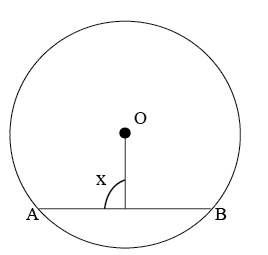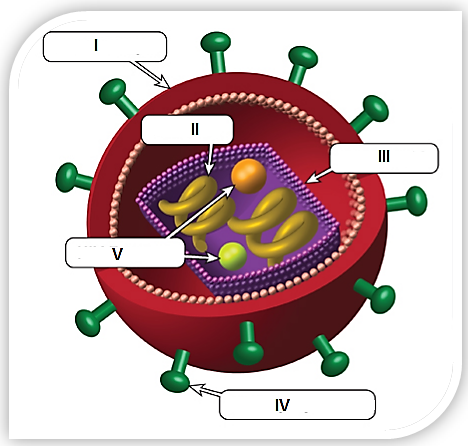11th And 12th > Biology
HUMAN HEALTH AND DISEASE MCQs
:
A
The brain consists of millions of neurons. Neurons communicate with each other at junctions called synapses. The neuron prior to the synapse is termed presynaptic neuron and the one subsequent to it is called the postsynaptic neuron. The end of the presynaptic neuron bears a swelling known as a synaptic knob. The synaptic knob has vesicles which contain chemicals called neurotransmitters. When an impulse arrives at the synaptic knob, the vesicles release neurotransmitters in the synaptic cleft. Here, the released neurotransmiiters bind to the receptors located at the postsynaptic neuron and transmit a signal.
:
A
MHC is a cluster of proteins that are displayed by all the cells in the body. Cellular proteins are continuously degraded and presented along with MHC on the cell surface for self and non-self recognition.
:
A
Human immunodeficiency virus or HIV is a member of a group of viruses called retrovirus, which have a spherical outer surface called envelope. On the surface of the envelope contains spike-like glycoproteins called surface proteins. Inside the envelope is a bullet-shaped core called capsid. Capsid along with the HIV genetic material (RNA) also houses different enzymes that carry steps out in the HIV life cycle.
:
C
Vincristine is an anti-cancer drug obtained from the plant Catharanthus roseus. It is used for treating a number of different types of cancers like acute myeloid leukemia, Hodgkin's disease, etc.
:
A
For the completion of their life cycle, some parasites require more than just the host. For example, tapeworm completes its life cycle in humans and cows/pigs. In humans which is the definitive host, it multiplies and causes the symptoms. In cows and pigs (the reservoir host), it just resides and does not show any ill effects.
:
A, B, and D
An antigen is any substance that causes your immune system to produce antibodies against it. This means your immune system does not recognize the substance, and is trying to fight it off. Usually an antigen is a molecule, perhaps on the cell surface of a bacterium or virus.
:
C
Anaphylaxis is a severe allergic reaction which can also become deadly on exposure to an allergen. It could be insect sting, food, medicine, insect bites, etc.
The symptoms can include
- A swollen throat
- Trouble swallowing and breathing
- A sudden drop in blood pressure
- Dizziness
- Loss of consciousnes
- Facial swelling
:
A
Lymph nodes are very important parts of the immune system, harbouring many immune cells that clear pathogens which drain in along with the lymph. The outermost covering of the lymph node is a tough layer called the capsule. The capsule has extensions which divide the cortex into many compartments. There are many afferent vessels that bring lymph into the lymph nodes. Valves present in the afferent vessels prevent lymph from flowing back. As the lymph reaches the lymph nodes carrying pathogens and cell debri, they are cleared by macrophages and other immune cells present in the lymph node. The lymph, free of all pathogens, is returned to circulation via the efferent lymph vessel.
:
A
Type 1 diabetes mellitus is a chronic medical condition that occurs when the pancreas, an organ in the abdomen, produces very little or no insulin. Type 1 diabetes usually develops when the immune system destroys the insulin-producing cells (called the beta cells) in the pancreas. This is called an autoimmune response. Type 2 diabetes mellitus is caused mainly by genetic factors and due to certain kinds of lifestyle. AIDS or acquired immunodeficiency syndrome is a sexually transmitted disease caused by the human immunodeficiency virus. Multiple myeloma is a cancer of plasma cells.
:
B
Bacteria like Streptococcus pneumoniae and Haemophlius influenzae are responsible for the disease pneumonia. Entamoeba histolytica is a protozoan parasite in the large intestine of humans which causes amoebiasis. Plasmodium falciparum causes malignant malaria. Wuchereria bancrofti causes filariasis or elephantiasis. Salmonella typhi is a pathogenic bacterium, which causes typhoid fever in humans.



















